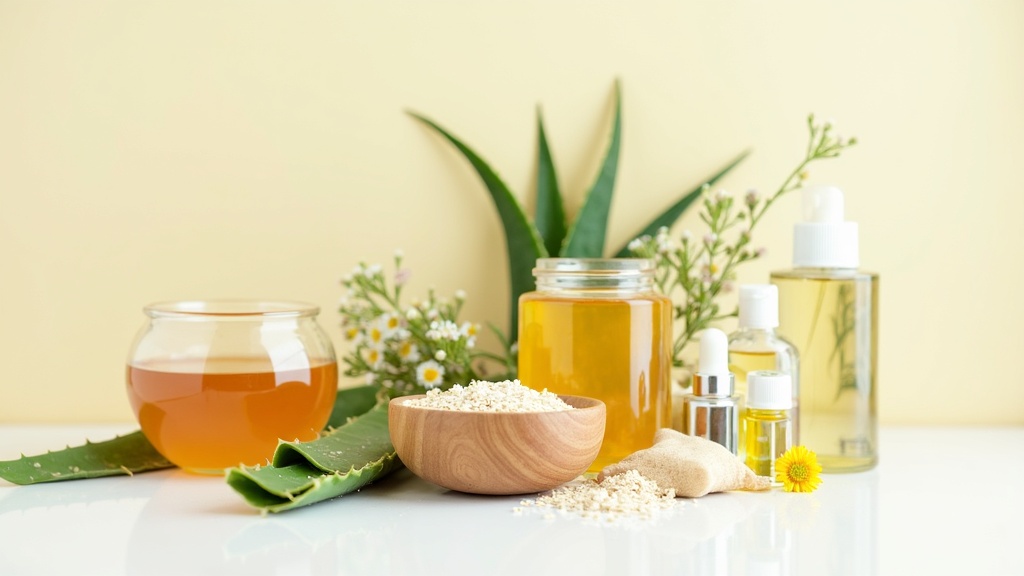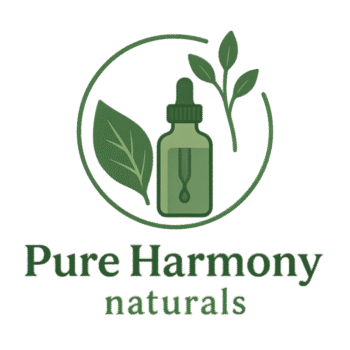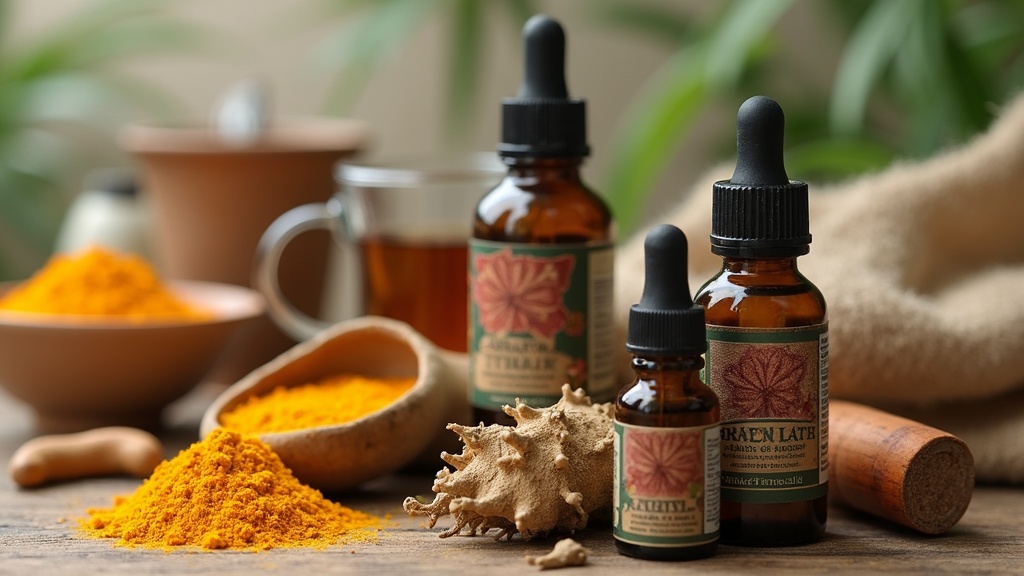 If you’ve ever stared in the mirror wondering how to handle pimples, dry patches, or those red, itchy stretches of skin, you know how frustrating skincare can get. There are shelves full of fancy creams, serums, and ointments out there, but sometimes going the natural route can be a lot easier, cheaper, and surprisingly effective for common issues.
If you’ve ever stared in the mirror wondering how to handle pimples, dry patches, or those red, itchy stretches of skin, you know how frustrating skincare can get. There are shelves full of fancy creams, serums, and ointments out there, but sometimes going the natural route can be a lot easier, cheaper, and surprisingly effective for common issues.
Some skincare concerns respond really well when I swap out harsh chemicals for things like plantbased oils, soothing teas, or ingredients I already have in my kitchen. Fewer side effects, less irritation, and some serious cost savings, it’s definitely worth checking out.
Here’s my pick for the top three skincare problems that tend to get better results from natural treatments. I’ll break down what those issues are, why gentle options work well, a few ways you can tackle them at home, and what you can expect to spend.
1. Acne: Gentle Solutions that Don’t Strip Your Skin
If you’ve gone through the cycle of harsh acne creams, burning sensations, and random flaky areas, you’re not alone. The truth is, a lot of typical acne products are packed with alcohol and synthetic ingredients that might actually make breakouts worse, especially if your skin is already sensitive.
Natural remedies can calm redness, fight bacteria, and lessen oil without drying out your whole face. Plus, you don’t need a prescription or deep pockets to get started.
Natural Treatments that Help:
- Tea Tree Oil: One or two drops mixed with a gentle carrier oil (like jojoba or sunflower oil) makes a quick spot treatment that can fight acnecausing bacteria. Just dab it on blemishes. Never use it straight, since that can cause irritation.
- Honey: Raw honey, especially manuka, has natural antibacterial and healing properties. I’ll smooth a thin layer over clean skin, let it sit for about 15 minutes, and rinse with lukewarm water. It can make red, inflamed pimples look calmer, and it’s gentle enough for most people.
- Aloe Vera: That clear gel straight from the leaf works wonders to soothe angry spots and cut down on redness. If you have a plant at home, fresh gel is cheap and super effective.
How to Use and What It Costs:
Tea tree oil runs about $8–$15 for a small bottle, but a little goes a long way. Honey varies, but even good quality jars usually cost less than a typical face mask at a beauty store. Aloe plants are a onetime buy (often $10–$20) and keep on giving, or you can pick up a bottled gel for around $6. By comparison, most prescription treatments or multistep acne systems are at least three times the price, and usually come with a side of dryness or peeling.
If you’re worried about using oils on acne, good news: most noncomedogenic plant based oils won’t clog pores. Sticking to jojoba, argan, or sunflower oil as bases means you can manage breakouts without heaviness or irritation. Plus, adding a drop of lavender or rosemary essential oil provides extra antibacterial power—but always patch test first to avoid allergic reactions.
2. Eczema and Sensitive Skin: Calming the Redness Without Steroids
Eczema or plain old sensitive skin can flare up out of nowhere, especially when I use fragranced lotions or traditional soaps. Prescription steroid creams work quickly, but using them too often can thin the skin and make things worse over time. Natural treatments might require a little patience, but they’re really great for soothing and building up your skin’s defenses without all the risks.
Natural Remedies Worth Trying:
- Oatmeal Baths: Grinding plain oats into a fine powder (or using storebought colloidal oatmeal) and adding it to bathwater is a lifesaver for itchy, irritated skin. Oatmeal calms inflammation and creates a barrier that locks in moisture.
- Coconut Oil: After toweling off, applying a thin layer of organic coconut oil helps trap moisture and ease flakiness. It absorbs nicely and gives skin a soft feel, but go easy if you’re acneprone.
- Chamomile Tea Compresses: Brew some chamomile tea, let it cool, and soak a soft cloth. Placing this gently over red or irritated patches helps dial down the itch and bring a little relief.
How to Do It and Price Range:
Oatmeal is about as cheap as it gets, just a couple of bucks a canister. Organic coconut oil typically ranges from $5–$10 for a small jar (and lasts for weeks). Chamomile tea can be picked up for less than $5 at most grocery stores. Steroid creams or highend sensitive skin lotions often hit $20 or more, so natural DIY options are super affordable and safer for longterm use.
An extra tip: for really persistent eczema patches, you can mix a couple of drops of calendula oil with coconut oil for a little extra soothing power. And, adding a humidifier to your room can help prevent dryness and keep the skin calm overnight, which is especially handy in winter or dry climates.
3. Dry, Flaky Skin: Moisture That Lasts Without the Chemicals
I’m always amazed by how many face and body lotions have alcohol, fragrances, or silicone on their ingredient lists. If your skin is bonedry, some of these products can be more irritating than moisturizing. Natural oils and butters keep moisture locked in and tend to work even better for lasting softness.
Best PlantBased Moisturizers:
- Shea Butter: This super thick butter, straight from the shea nut, is creamy, rich, and great for stubborn dry spots (like elbows, feet, or the backs of hands). Melt a small amount between your palms and smooth it on after a shower.
- Sweet Almond Oil: Lighter and less greasy than coconut oil, sweet almond oil is awesome for the face or areas that need a quick boost. It has a gentle, nutty scent and absorbs quickly.
- Cucumber Slices and Rose Water: Both of these are oldschool but effective ways to hydrate, soothe, and cool dry skin. Finished with a little oil, they help keep water in the skin and stop that tight feeling.
How to Use & Typical Costs:
A tub of high quality shea butter is usually $8–$18, and it lasts a long time because you only need a tiny bit. Sweet almond oil costs around $6–$12 a bottle. If you’re using real rose water or buying a cucumber, both are budget friendly at under $5. Compare this with boutique lotions that regularly cost $20 or $30, and you can see why I stick to these natural picks when my skin needs a break.
If you want to boost the effect, try gently exfoliating with a soft washcloth or an oatmeal scrub before applying your moisturizer. This gets rid of dead skin so your oil or butter sinks in deeper and does its job better. For chapped lips or dry cuticles, a dab of shea butter overnight will bring fast relief.
Bonus Tips: Making Sure Natural Skincare Works for You
Natural doesn’t always mean nonirritating, so doing a patch test first is always a good idea. Everyone’s skin is different, and some allergies or sensitivities can pop up with things like essential oils or botanicals. If you notice any itching, stinging, or redness that hangs around, swap for another ingredient or talk to a dermatologist. Especially if things don’t get better in a week or two, checking in with a pro is important.
Simple ingredients, clear instructions, and affordable prices make natural skincare a really good choice, especially for these three issues. When my skin needs help, these gentle tricks actually deliver, and my wallet definitely thanks me for it. And remember, staying hydrated and eating a balanced diet go hand in hand with all these habits, giving your skin the best shot at a natural, healthy glow.


